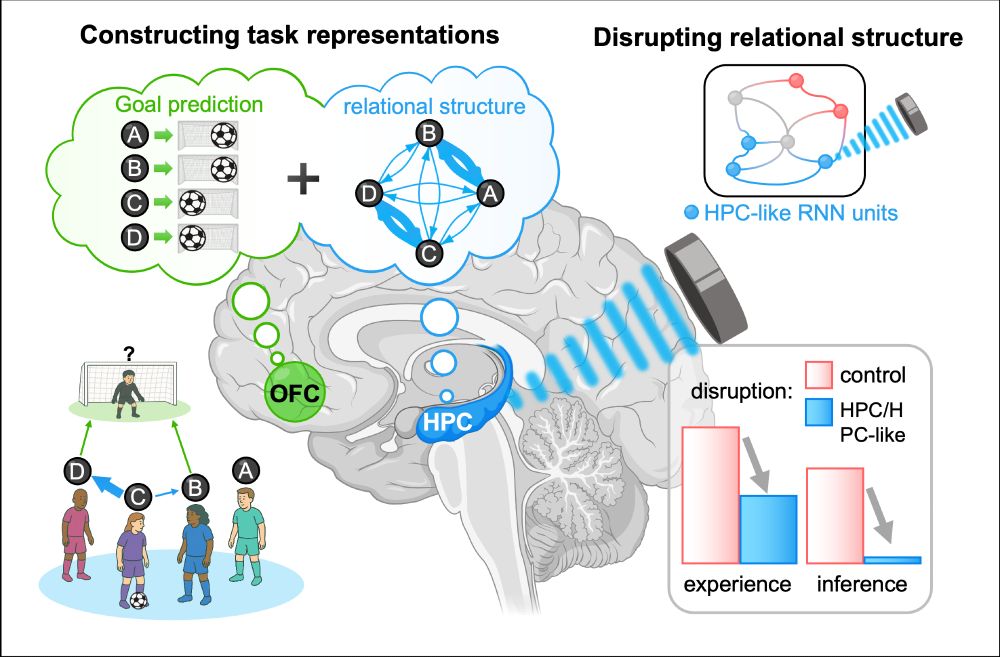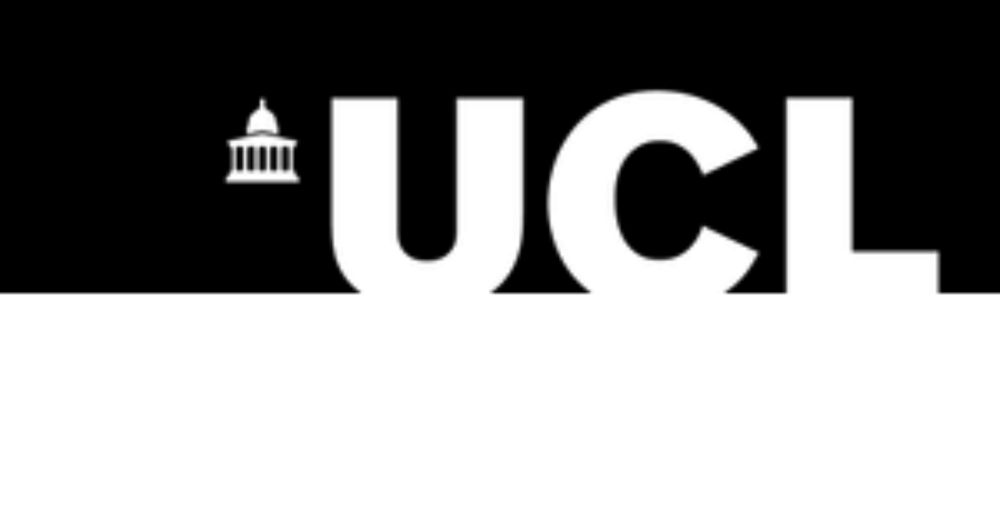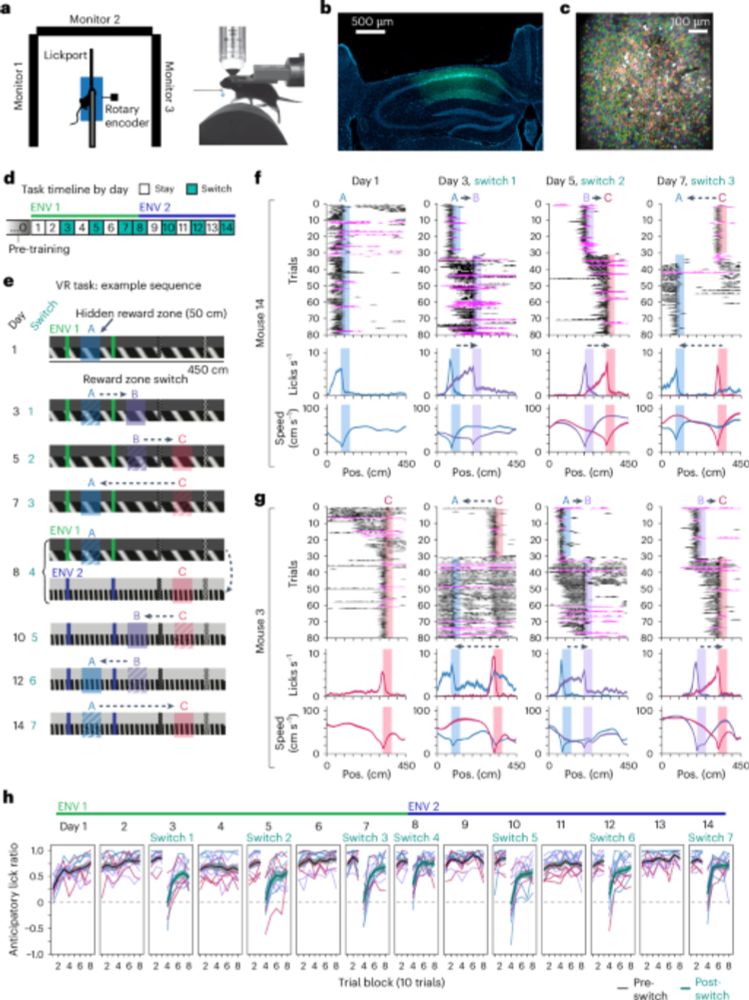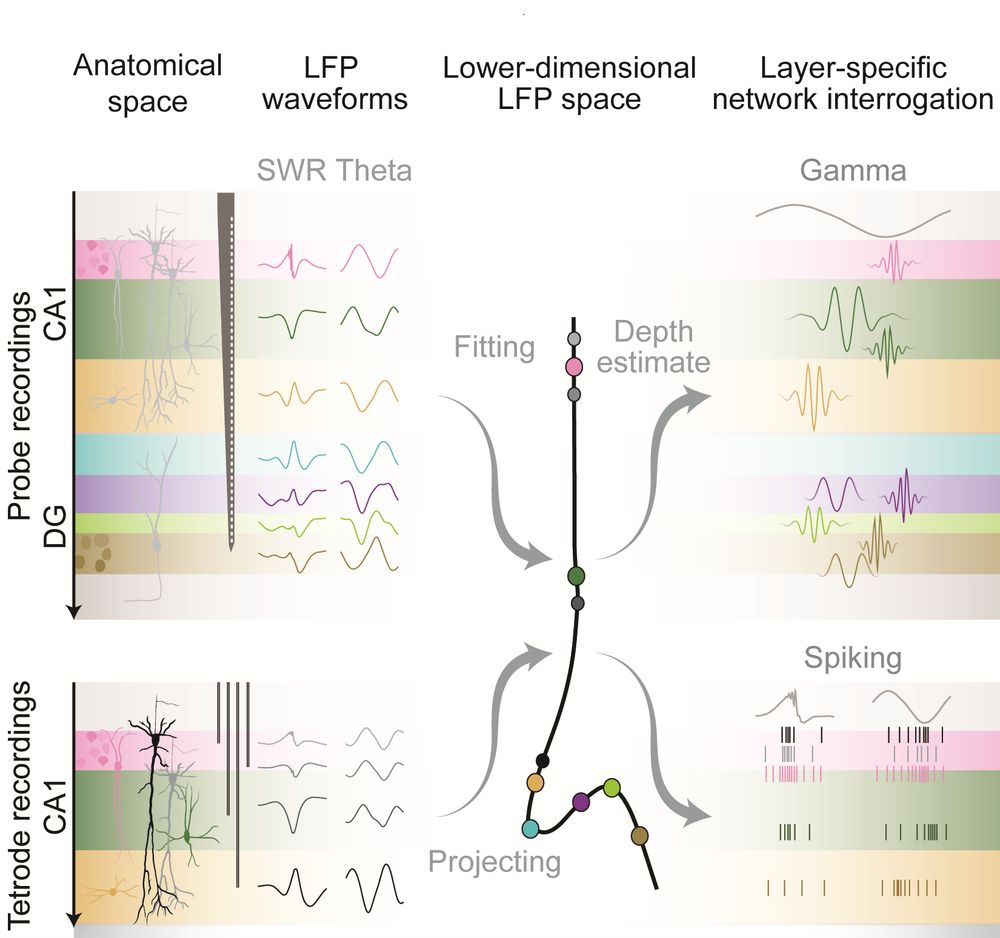
We show that the tendency to compress complex social information into priors about social structures becomes more pronounced during adolescence.
osf.io/preprints/ps...
I am soooooo excited to share this work, together with @mkwittmann.bsky.social and @yongling.bsky.social.

We show that the tendency to compress complex social information into priors about social structures becomes more pronounced during adolescence.
osf.io/preprints/ps...
I am soooooo excited to share this work, together with @mkwittmann.bsky.social and @yongling.bsky.social.
www.thetransmitter.org/community/th...
#neuroskyence #StateOfNeuroscience

hhmi.wd1.myworkdayjobs.com/en-US/Extern...

hhmi.wd1.myworkdayjobs.com/en-US/Extern...
At #SfN25 ? Come chat at my poster — Wednesday AM (PP14; 414.03).
At #SfN25 ? Come chat at my poster — Wednesday AM (PP14; 414.03).
When we learn a category, do we learn the structure of the world, or just where to draw the line? In a cross-species study, we show that humans, rats & mice adapt optimally to changing sensory statistics, yet rely on fundamentally different learning algorithms.
www.biorxiv.org/content/10.1...

When we learn a category, do we learn the structure of the world, or just where to draw the line? In a cross-species study, we show that humans, rats & mice adapt optimally to changing sensory statistics, yet rely on fundamentally different learning algorithms.
www.biorxiv.org/content/10.1...

Saturday, Nov 15, 2:00-4:30pm, Room SDCC 6CF
www.abstractsonline.com/pp8/#!/21171...
We will explore how the PFC represents structured relationships across species and how this supports flexible behavior.

If you are interested in meeting at SfN, please email me! www.sosaneurolab.com/join/postdoc...

If you are interested in meeting at SfN, please email me! www.sosaneurolab.com/join/postdoc...

With @vitorlds.bsky.social and David Dupret, we show that diversity in ripple current profiles shapes reactivation dynamics

www.biorxiv.org/content/10.1...
www.biorxiv.org/content/10.1...
Our new @nature.com paper shows that neural activity switches from an 'evidence gathering' to a 'commitment' state at a precise moment we call nTc.
After nTc, new evidence is ignored, revealing a neural marker for the instant when the mind is made up.
rdcu.be/eGUrv

Our new @nature.com paper shows that neural activity switches from an 'evidence gathering' to a 'commitment' state at a precise moment we call nTc.
After nTc, new evidence is ignored, revealing a neural marker for the instant when the mind is made up.
rdcu.be/eGUrv
www.biorxiv.org/content/10.1...
🧠👩🏻🔬🧪🧵
#neuroskyence
1/

www.biorxiv.org/content/10.1...
🧠👩🏻🔬🧪🧵
#neuroskyence
1/
Using novel behavioral tasks, fMRI, RL & RNN modeling, and transcranial ultrasound stimulation (TUS), we demonstrate the causal role of hippocampus in relational structure learning.

Using novel behavioral tasks, fMRI, RL & RNN modeling, and transcranial ultrasound stimulation (TUS), we demonstrate the causal role of hippocampus in relational structure learning.
Me: "Why does the IPC say there is a famine?"
Ayalon: "The IPC changed the criteria."
Me: "That's a lie. What criteria did they change?"
Ayalon: "They changed many criteria."
My full interview with Danny Ayalon: zeteo.com/p/danny-ayal...
Me: "Why does the IPC say there is a famine?"
Ayalon: "The IPC changed the criteria."
Me: "That's a lie. What criteria did they change?"
Ayalon: "They changed many criteria."
My full interview with Danny Ayalon: zeteo.com/p/danny-ayal...
More details 👇
Postdoctoral position: lnkd.in/g4TkRxpM
Research directions: lnkd.in/eV2iMKGf
Our team and philosophy: lnkd.in/eh3nnNgq
⏬
More details 👇
Postdoctoral position: lnkd.in/g4TkRxpM
Research directions: lnkd.in/eV2iMKGf
Our team and philosophy: lnkd.in/eh3nnNgq
⏬
If you’re interested in answering this question then this is a fantastic postdoc opportunity with @mkwittmann.bsky.social in collaboration with @summerfieldlab.bsky.social and my lab.
🧠💫🔊 We are looking for postdocs interested in the abstract mechanisms underlying social cognition. Modelling, fMRI and non-invasive ultrasound, a new deep-brain stimulation method.
Please RT
www.ucl.ac.uk/work-at-ucl/...

If you’re interested in answering this question then this is a fantastic postdoc opportunity with @mkwittmann.bsky.social in collaboration with @summerfieldlab.bsky.social and my lab.


www.theguardian.com/world/2025/j...

www.theguardian.com/world/2025/j...
🔗 www.science.org/doi/10.1126/...
Here's a quick summary of what we found 🧵👇
🔗 www.science.org/doi/10.1126/...
Here's a quick summary of what we found 🧵👇
www.nature.com/articles/s41...

www.nature.com/articles/s41...
With Demi Brizee & David Dupret, we track how oscillations and spiking behaviour map onto hippocampal layers using an LFP-based embedding.
(1/13)

With Demi Brizee & David Dupret, we track how oscillations and spiking behaviour map onto hippocampal layers using an LFP-based embedding.
(1/13)
Using functional neuroimaging and planning tasks.
If you’re keen to join us then apply!
We want to understand how the brain supports abstract cognition in psychosis, using cutting-edge neuroscience.
Non-Clinical RA:
lnkd.in/eva-Zzfj
Clinical RA:
lnkd.in/eSgdad_F
Postdoc:
lnkd.in/eid8gtbR
Oxford University
Due June 23
Using functional neuroimaging and planning tasks.
If you’re keen to join us then apply!

